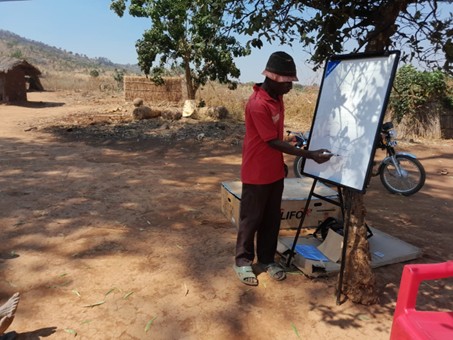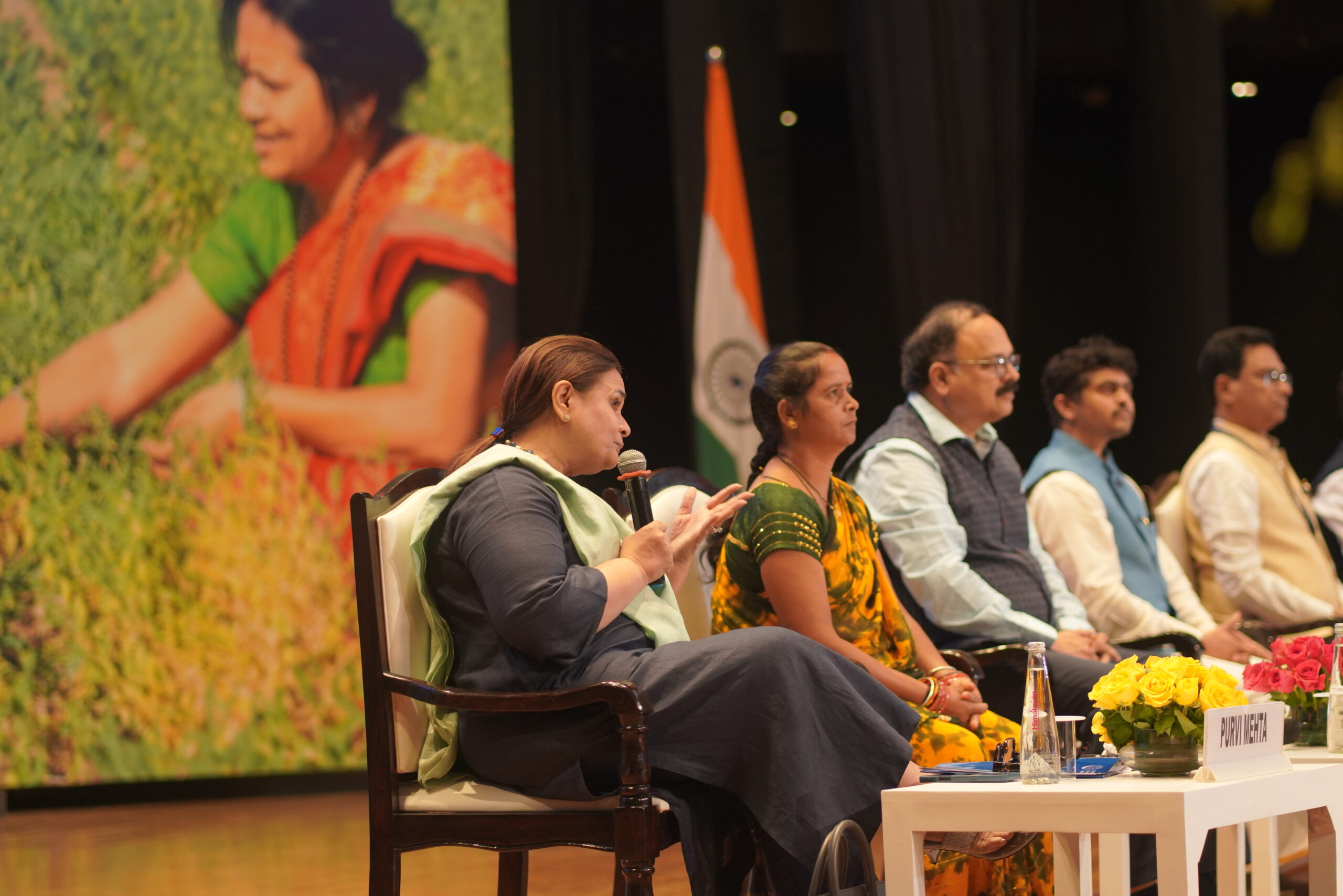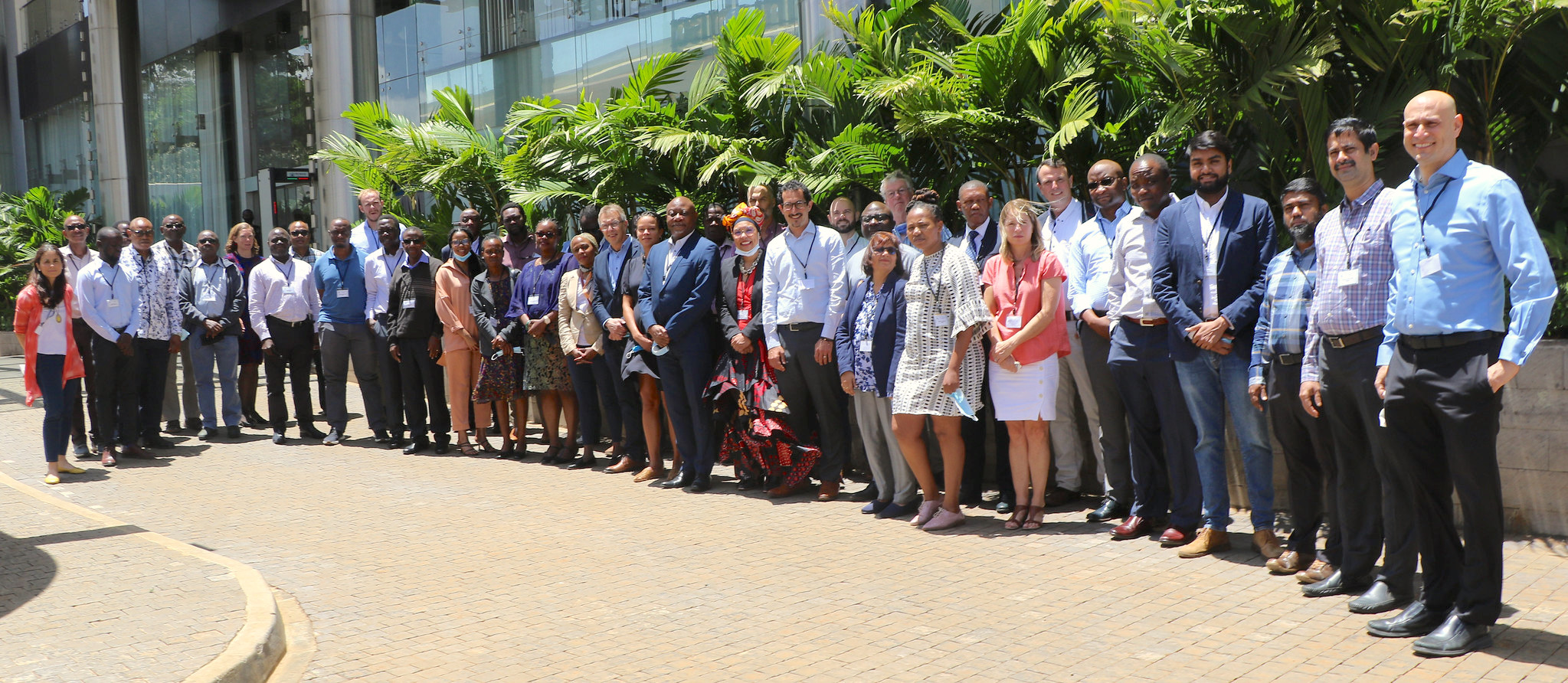For many years, smallholder farmers in Niassa, Mozambique, have been selling their harvests individually, often at prices dictated by buyers. With no market safeguards to protect them, they remain vulnerable to exploitation whenever oversupply drives prices down or when market linkages are weak. Limited access to knowledge has compounded these challenges—many farmers have little exposure to improved seed, good agricultural practices, or post-harvest technologies that could boost yields and reduce losses. As a result, farmers have been left with weak bargaining power, restricted access to credit, and few avenues to demand services such as storage, transport, or basic community infrastructure.
That reality is beginning to shift. By joining forces in groups and associations, farmers are finding their collective voice. Together, they can negotiate better prices, pool resources like tools and transport, and exchange knowledge that strengthens the whole community. These associations are becoming more than just marketing platforms—they are places where farmers support one another, where women and young people step into leadership, and where smallholders begin shaping a stronger agricultural future for Niassa.

To build on this momentum, CIMMYT’s Transforming Agri-food Systems in Niassa (TSAN) project organized a four-week training program from mid-August to early September 2025. More than 2,000 farmers from the districts of Lichinga, Chimbunila, Ngauma, and Mandimba took part in sessions designed to strengthen their associations and prepare them for the cropping season. Farmers received hands-on guidance in group management, crop production, and post-harvest practices, while also being introduced to TSAN’s target crops—sugar beans, soybeans, pigeon peas, and groundnuts. Each four- to five-hour session was held at the community level, ensuring wide participation and timely support just as planting was about to begin.
“This training is about building confidence and capacity. When associations are equipped with practical knowledge, they become stronger partners in food production and contribute to the well-being of their communities. Joel Cossa, TSAN project lead.
For Adriano Cazembe, president of the Unidos para Sempre Association in OUA village, the training showed what collective action can achieve. In the past, members sold beans individually, and buyers set the price. Now, he explained, working together allows the association to negotiate better deals, seek loans, share transport, and even request services like schools or water points from the government. “I now understand my role as president, and we will work to legalize our association so that our voice is heard,” he said.
In Teba village, farmer Miguel Sainete of the Udimi Wambone Association described how the sessions reshaped his approach to farming. He learned the names of improved bean and soybean varieties and the importance of planting in rows with proper spacing and seed. These practices, he realized, could dramatically increase yields. “I used to think my poor harvests were caused by witchcraft,” Miguel admitted. “Now I know it was my cultivation methods that had to change. Selling together through the association will also help us earn more.”
What farmers learned
The training covered six key areas:
- Group dynamics and organizational management
- Recommended production practices for TSAN crops
- Post-harvest technologies
- Prevalence and management of aflatoxin
- The concept and management of community seed banks
- Principles of seed production
In addition to discussions, the sessions included practical demonstrations. Farmers practiced planting spacing for beans, pigeon pea, groundnut, and soybean using a string to measure rows and planting stations. They also learned how to align ridges and rows for more uniform crop establishment.
New tools and technologies were introduced, such as testing grain moisture with the salt method, using hermetic storage bags to prevent losses, and strengthening associations as platforms for collective marketing.

The success of the training was made possible through close collaboration with local government authorities, who provided classrooms during the school holiday period. This ensured that large groups of farmers could gather in familiar and accessible spaces. Reflecting on the broader purpose, the TSAN technical lead emphasized: “Improved seed only reaches its potential when combined with good management. Our goal is to ensure farmers have both the technologies and the knowledge needed to make their fields more productive and resilient.” TSAN Technical lead Noel Templer
Looking ahead
TSAN will continue working with farmers’ associations as they move through the process of legal registration and begin applying what they have learned in their fields and communities. With the generous support of Irish Aid, ongoing assistance is ensuring that associations remain strong, inclusive of youth and women, and capable of effective collective action.
By strengthening these skills and structures now, the training is contributing directly to CIMMYT’s global mission to build more resilient and sustainable farming systems that benefit smallholder farmers, particularly women and youth, across the Global South. This progress is possible thanks to the partnership and commitment of Irish Aid, whose support is helping farmers build resilience and create lasting change for their communities.

 Climate adaptation and mitigation
Climate adaptation and mitigation 